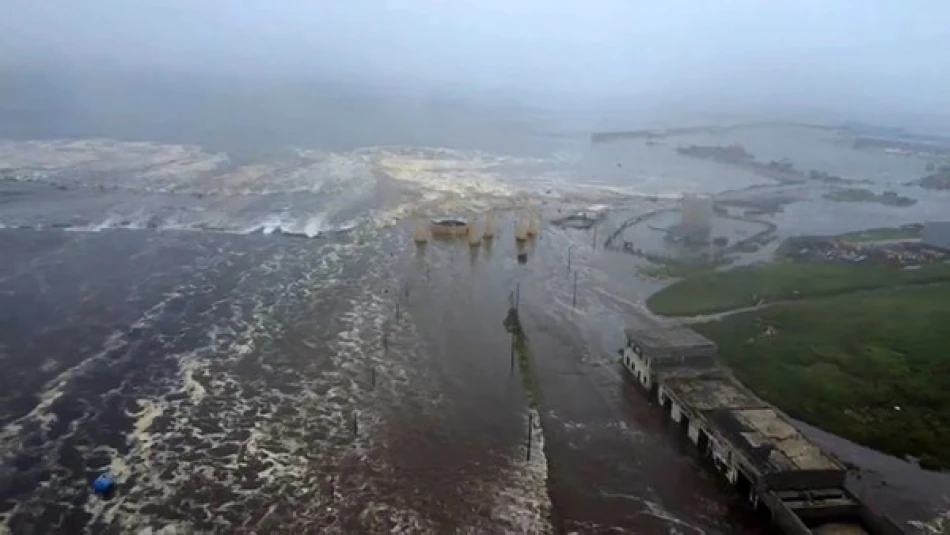
Russia Lifts Tsunami Warning After Kamchatka Peninsula Earthquake
Russia's Far East Dodges Tsunami Catastrophe After Massive 8.8 Earthquake
Authorities in Russia's remote Kamchatka Peninsula lifted tsunami warnings Wednesday after an 8.8-magnitude earthquake struck the region's coast, marking one of the most powerful seismic events to hit the Pacific Ring of Fire this year. The 11-hour emergency response, which included mass evacuations, underscores the ongoing vulnerability of coastal communities in one of the world's most seismically active regions.
Emergency Response Concludes After Tense Night
Regional Emergency Minister Sergei Lebedev announced the all-clear via social media, addressing residents and visitors of the Kamchatka region. "Our colleagues at the State Emergency Ministry have lifted the tsunami warning," Lebedev stated, bringing relief to thousands who had been evacuated from coastal areas.
The earthquake, which struck early Tuesday, registered as one of the strongest to hit the region in recent years. The 11-hour warning period reflects the cautious approach authorities have adopted following devastating tsunamis elsewhere in the Pacific, particularly after the 2011 Fukushima disaster in Japan demonstrated how quickly coastal areas can be overwhelmed.
Kamchatka's Position in the Pacific Ring of Fire
The Kamchatka Peninsula sits at one of the most geologically volatile intersections on Earth, where the Pacific Plate meets the North American and Eurasian plates. This positioning makes the region a frequent target for major seismic events, with the area experiencing hundreds of earthquakes annually, though most are significantly smaller in magnitude.
The peninsula's 29 active volcanoes and frequent seismic activity have shaped both its dramatic landscape and the preparedness protocols of its roughly 300,000 residents. Unlike more densely populated coastal regions in Japan or California, Kamchatka's remote location and sparse population distribution can actually work in its favor during natural disasters.
Regional Implications for Pacific Monitoring Systems
This event highlights the effectiveness of the Pacific Tsunami Warning Center's monitoring network, which has been significantly enhanced since the 2004 Indian Ocean tsunami. The rapid detection and warning dissemination likely prevented what could have been a major humanitarian crisis in Russia's far east.
The successful management of this emergency also demonstrates Russia's investment in disaster preparedness infrastructure in its remote regions, particularly important given the country's vast Pacific coastline and the increasing frequency of extreme weather events attributed to climate change.
Looking Forward: Seismic Preparedness in Remote Regions
While this earthquake passed without the feared tsunami materializing, it serves as a crucial test of emergency response systems in one of the world's most isolated regions. The event will likely inform future preparedness strategies not only for Russia but for other nations with remote coastal populations vulnerable to seismic events.
The quick recovery and lifting of warnings also minimizes economic disruption to the region's fishing industry and limited tourism sector, both crucial to the local economy. For a region heavily dependent on natural resources and seasonal economic activity, extended evacuations could have had lasting economic consequences beyond the immediate safety concerns.
Most Viewed News

 Layla Al Mansoori
Layla Al Mansoori






